I was a born naturalist. At the age of six, already I was a passionate bird watcher...I was dreaming all the time about someday being an explorer, going to the tropics, going to the jungles, seeing new things, discovering strange animals and so forth — but, of course, it was a dream world.
Ernst Walter Mayr was born in Kempten, Bavaria. Although his father was a judge, there was a long tradition of medical practice in the family. Mayr’s father, Otto, encouraged an interest in nature, taking his children for long hikes to study the local wildlife. Young Ernst Mayr was, he would say of himself, “a born naturalist,” fascinated by everything in the natural world, but especially by birds.
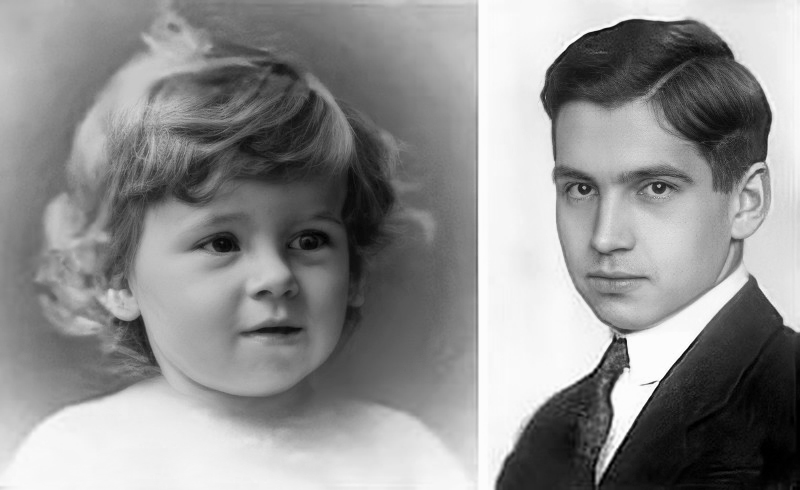
This prosperous, cultivated family, like many others throughout the German Empire, was ruined by the First World War and the subsequent collapse of the German economy. Mayr’s father died during the war, and Ernst, along with his mother and brothers, went to live in Dresden, far from his Bavarian home. As a teenager, he spotted a red-billed duck, rarely seen north of the Alps, and took his information to the country’s leading ornithologist, Erwin Stresemann, in Berlin. Stresemann was impressed with the youngster’s learning and his powers of observation and urged him to consider a career in zoology. True to his family’s medical tradition, Mayr instead began medical studies at the University of Greifswald, but the attraction of wildlife was irresistible and on completing preclinical studies, he transferred to the University of Berlin to study zoology. Under Stresemann’s guidance, he completed his Ph.D. by age 21.
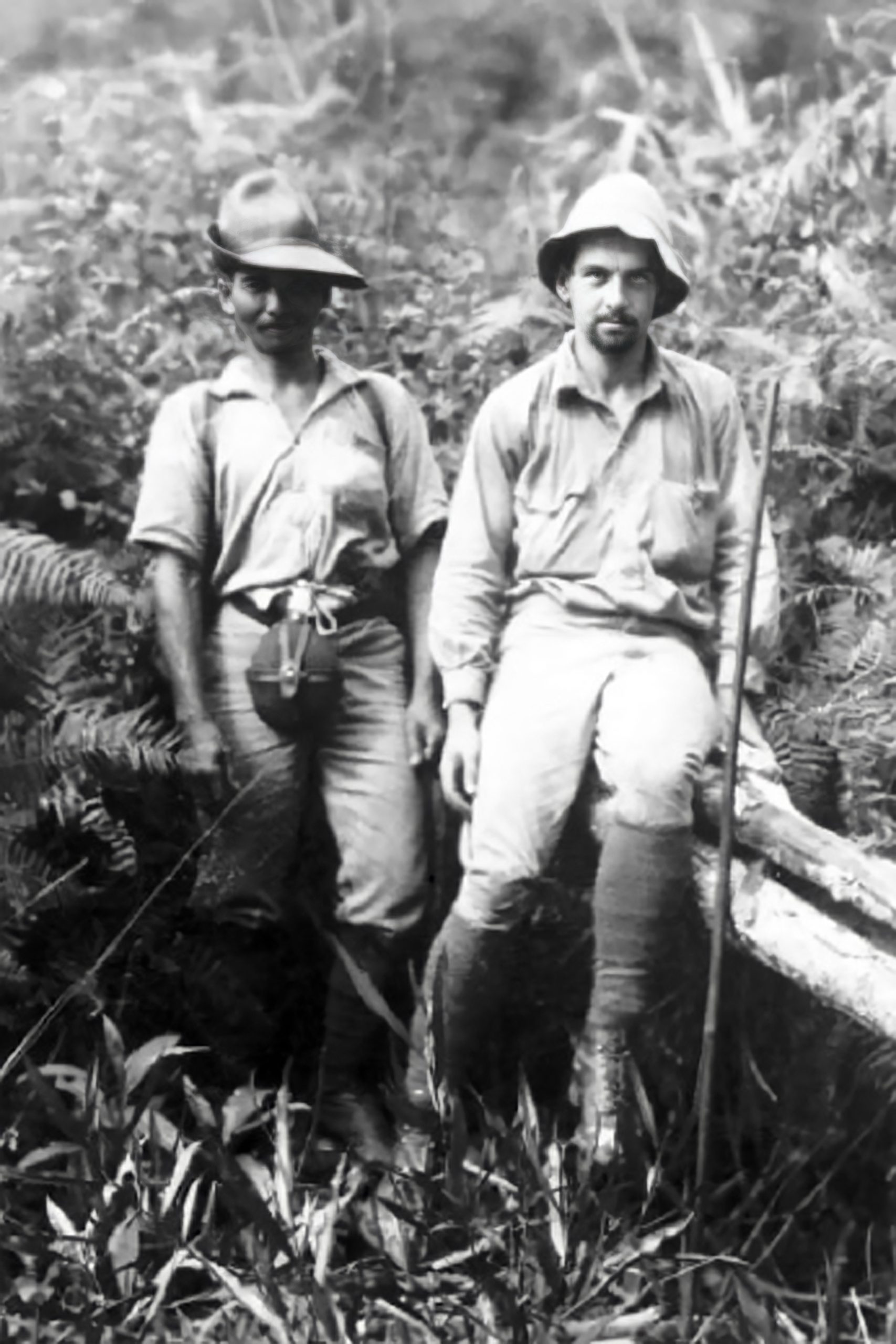
Although he won appointment as an assistant at the Museum of the University of Berlin, Mayr was eager to undertake an expedition to a remote, exotic place, in the manner of the great 19th century naturalists. Stresemann recommended Mayr to Lord Walter Rothschild, a banker and naturalist who possessed the world’s largest private collection of bird specimens, housed at his own museum in Tring, England. Rothschild paid for Mayr to undertake a collecting expedition in the Dutch East Indies, now Indonesia. Mayr’s mission took him deep into the interior of New Guinea, far from the rule of the colonial authorities, who regarded the natives of the interior with almost superstitious dread. At one point, it was reported that Mayr had been killed by the natives, when in fact, he was safely and happily collecting specimens in the company of his native guides, with whom he enjoyed excellent relations. On this expedition, Mayr found numerous plant and animal species previously unknown to Western science. Over the course of his career, he would name 26 new species of birds and 38 new species of orchids. While in New Guinea, he encountered a team of naturalists from the American Museum of Natural History, who invited him to join them on a collecting expedition in the Solomon Islands.
In 1931, Mayr accepted an invitation to join the staff of the American Museum in New York. Lord Rothschild decided to sell his treasured bird collection, and Mayr arranged for the collection to be sold to the American Museum, where it became an essential component of the collection that Mayr tended for the next 20 years.
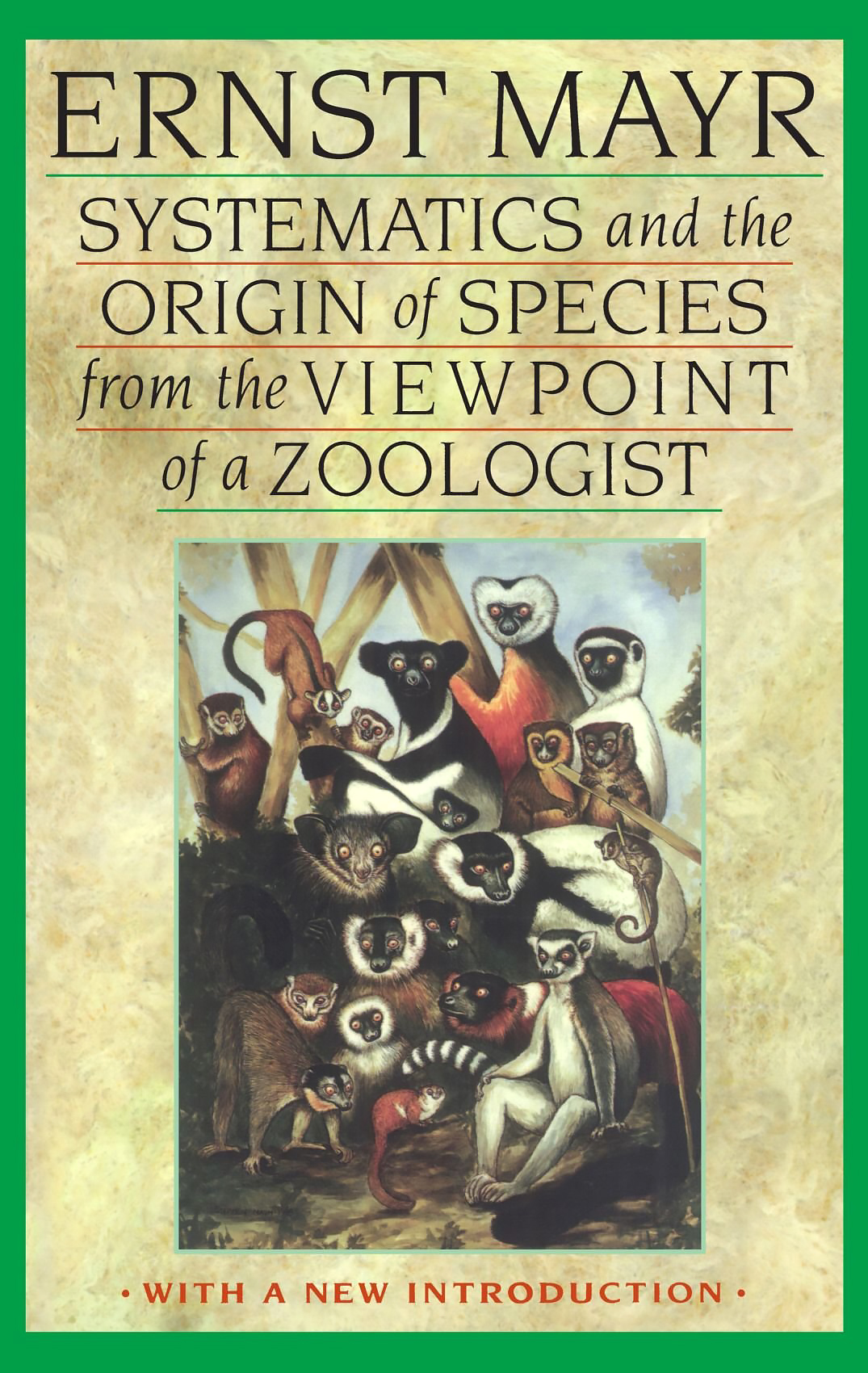
Grateful to be safe in New York as the Nazis took power in his native Germany, Mayr settled permanently in the United States. In 1935, he married Margarete Simon. Their marriage was to last more than 55 years, until her death in 1990.
While the outbreak of World War II made further scientific travel in the South Pacific impossible, Mayr tended the collections of the American Museum, and became increasingly interested in the study of evolutionary biology, which had reached an impasse in the early 1940s.
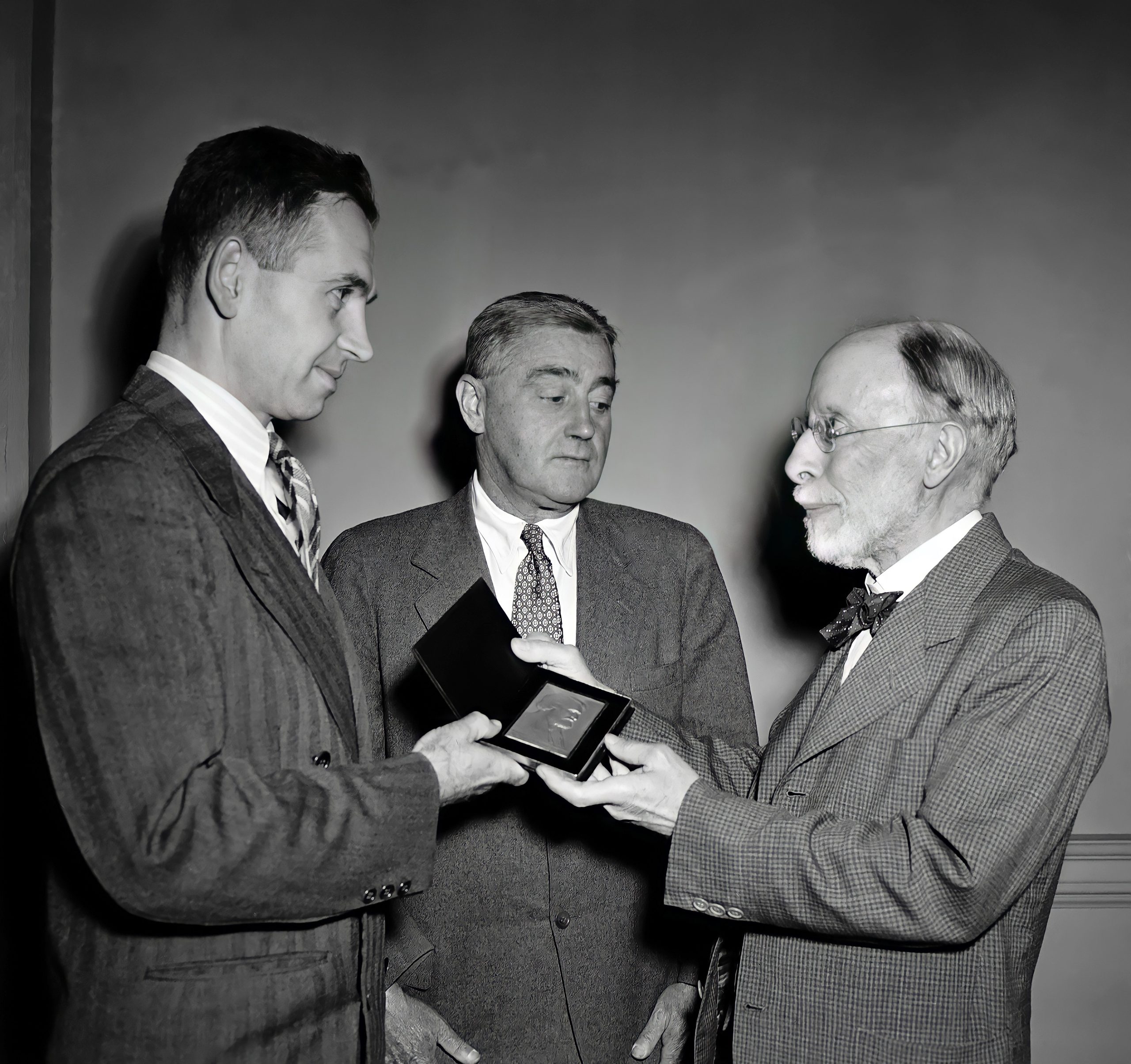
The father of evolutionary theory, Charles Darwin, described the process of evolution within a given species by means of natural selection, but had never been able to explain the process through which descendants of a common ancestor can diverge widely enough to become different species. The rediscovery, early in the 20th century, of the work of Gregor Mendel, supplied a new piece of the puzzle. Mendel, a Moravian monk, had lived and died in obscurity in the mid-19th century, but his discovery of the mechanism of heredity had laid the groundwork for the modern study of genetics.
In the 1940s, genetic scientists studying evolution relied heavily on mathematical models; few of them had the field experience of observing diverse species in the wild. Mayr brought just such experience to the problem of the formation of species. Mayr found a more constructive approach in the work of Russian geneticist Theodosius Dobzhansky. At the time, one of the greatest difficulties in evolutionary theory was the lack of a clear definition of what actually constitutes a species. It was widely assumed that a species consisted of a number of creatures sharing certain identifiable characteristics, but exactly which characteristics were definitive was much in dispute. Without a clear definition of what a species is, it was impossible to answer the question of how species diverge.

In his landmark 1942 book, Systematics and the Origin of Species, Mayr outlined the concept of “biological species.” In the past, scientists had tried to define a species as a number of individual creatures with common features. Drawing on the work of Dobzhansky, among others, Mayr changed the paradigm permanently by defining a species as a group whose members can interbreed only with one another. This biological species concept has become so widely accepted that most laymen now take it for granted.
Mayr described the process of allopatric speciation, in which an isolated population of a given species experiences different environmental factors than creatures of the same species in another location. The isolated population also offers a different set of random mutations for natural selection to act upon, until this isolated population grows so different that it is no longer compatible with other populations descended from the same ancestors. Mayr has never contended that this process accounts for all speciation, but his work established allopatric speciation as the prevalent model of evolution among more complex life forms.
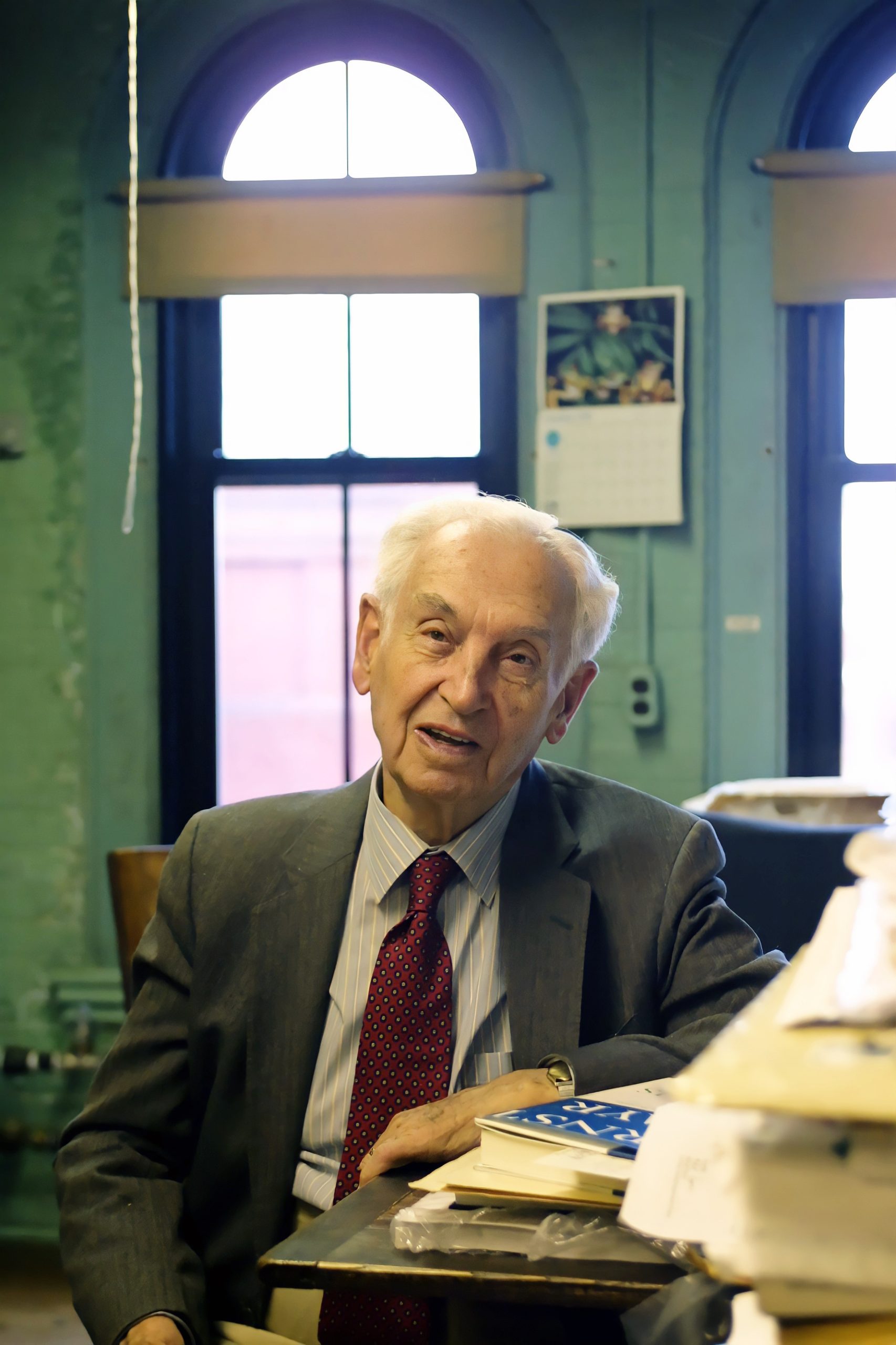
In 1953 Mayr left the American Museum to accept an appointment as Louis Alexander Agassiz Professor of Zoology at Harvard University. He was to remain at Harvard for the rest of his long, productive life. From 1961 to 1970, he also served as director of the Harvard University Museum of Comparative Zoology.
Mayr continued to write on evolution, in books such as Animal Species and Evolution, and found himself in frequent conflict with the approach of some mathematical geneticists, whom he once dismissed as practicing “bean bag genetics.” He experienced a similar disagreement with some molecular geneticists, whose views he saw as reductionist, focusing on individual genes, or even molecules, without taking into account the environmental factors that act on whole organisms, populations and species.
In the 1970s, Mayr’s work turned more and more to defining a philosophy of biology, in the larger context of the philosophy of science. He wrote prolifically on the history of biology, especially on the history of evolutionary theory, in works such as The Growth of Biological Thought (1982), One Long Argument: Charles Darwin and the Genesis of Modern Evolutionary Thought (1991) and This Is Biology (1997). As Stresemann had once served Mayr as an invaluable mentor, Mayr in turn found a promising protégé in the young zoologist Jared Diamond. Their decades of work culminated in the publication of The Birds of Northern Melanesia in 2001.
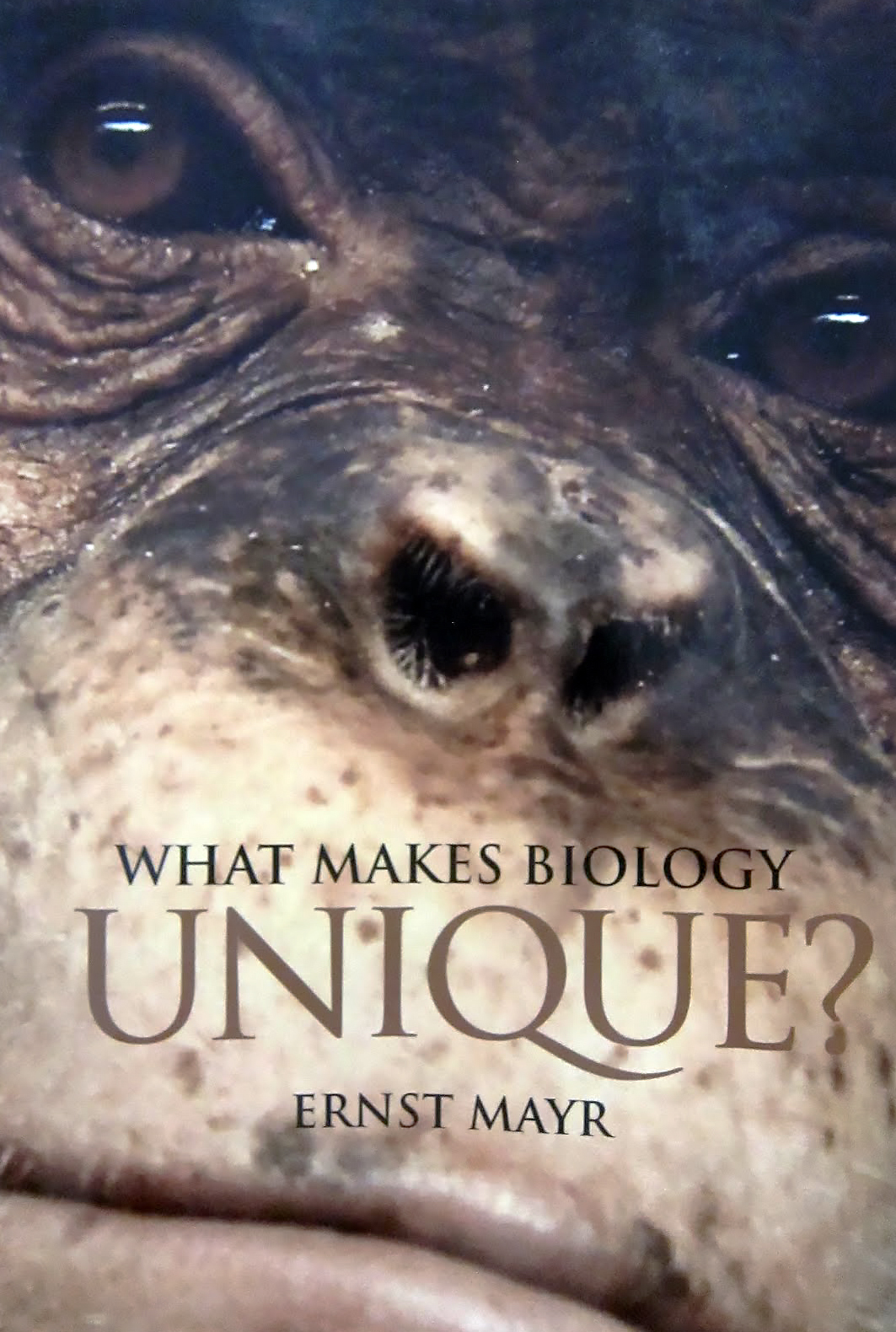
Over the course of his lifetime, Ernst Mayr received every award possible for a scientist in his field, including the National Medal of Science, the International Prize and the Balzan Prize. There is no Nobel Prize for evolutionary biology. Mayr once observed that Charles Darwin himself would not have been eligible for a Nobel Prize. Mayr officially retired in 1975, but remained at Harvard as professor emeritus. He published more than 200 articles after he retired, more than most scientists publish in a lifetime. He was still publishing when he died at the age of 100 in 2005.

The greatest evolutionary biologist of the 20th century, Ernst Mayr fused Charles Darwin’s theory of natural selection with the modern science of genetics. His 1942 book, Systematics and the Origin of Species, established the “biological species” concept, altering mankind’s understanding of the nature of a species.
Mayr’s career began in Germany in the years following World War I. It took him to the jungles of New Guinea and the Solomon Islands, and finally to the United States, where he served for over 20 years as director of the American Museum of Natural History in New York City, and then as Alexander Agassiz Professor of Zoology and director of the Museum of Comparative Zoology at Harvard University.
Over the course of his nearly 80-year career, Mayr identified 26 new species of birds, and 38 species of orchids. He received virtually every award a biologist can receive. Among his dozen books and many hundreds of articles, he published more than 200 articles after his “retirement” from teaching at age 75. His interview with the Academy of Achievement took place when he was already 96 years old. Ernst Mayr was still writing and publishing when he died at the age of 100.
When did you first realize you wanted to be a naturalist?
As Darwin put it about himself, I was born a naturalist. At the age of six, already I was a passionate bird watcher. My older brother had an aquarium, which we jointly took care of, and we caught little fish and little sticklebacks in the streams and ponds of the neighborhood, and snails and things, and watched all the water life, the larvae of insects living in the water. And my mother was a great collector of mushrooms. She knew not only the poisonous and the edible ones but she knew everything about the in-between kinds of mushrooms, which is the majority. She really knew mushrooms well. And both of my parents took us three boys every weekend on a little excursion, on a hike, on a walk, and we studied the spring flowers, or my father took us to a limestone quarry where we found ammonites and other fossils, or we went to a heron colony and watched that. Anyhow, I was almost trained to be a naturalist.
My father had a wonderful library, and we always bought books galore, and I devoured all the books of explorers that went to various places in the world. I admired what Humboldt had done and Bates and Darwin and the Swedish explorers, Sven Hedin and others. I was dreaming all the time about someday being an explorer, going to the tropics, going to the jungles, seeing new things, discovering strange animals and so forth, but of course it was a dream world.
In the meantime, I went dutifully to the gymnasium, the German equivalent of the high school. I prepared myself for a medical career because my family was definitely a medical family. My father’s brother was a medical man. There were three generations of doctors prior to my father’s generation, and I was to be the doctor of my generation. I didn’t mind that at all. I liked the idea. When my father died of cancer it confirmed my desire to be a doctor because I said, “Surely something could have been done to save his life.” As a young person, one is full of such ideas. I finished my high school, and I started medical school, and right at that period something very unexpected happened.
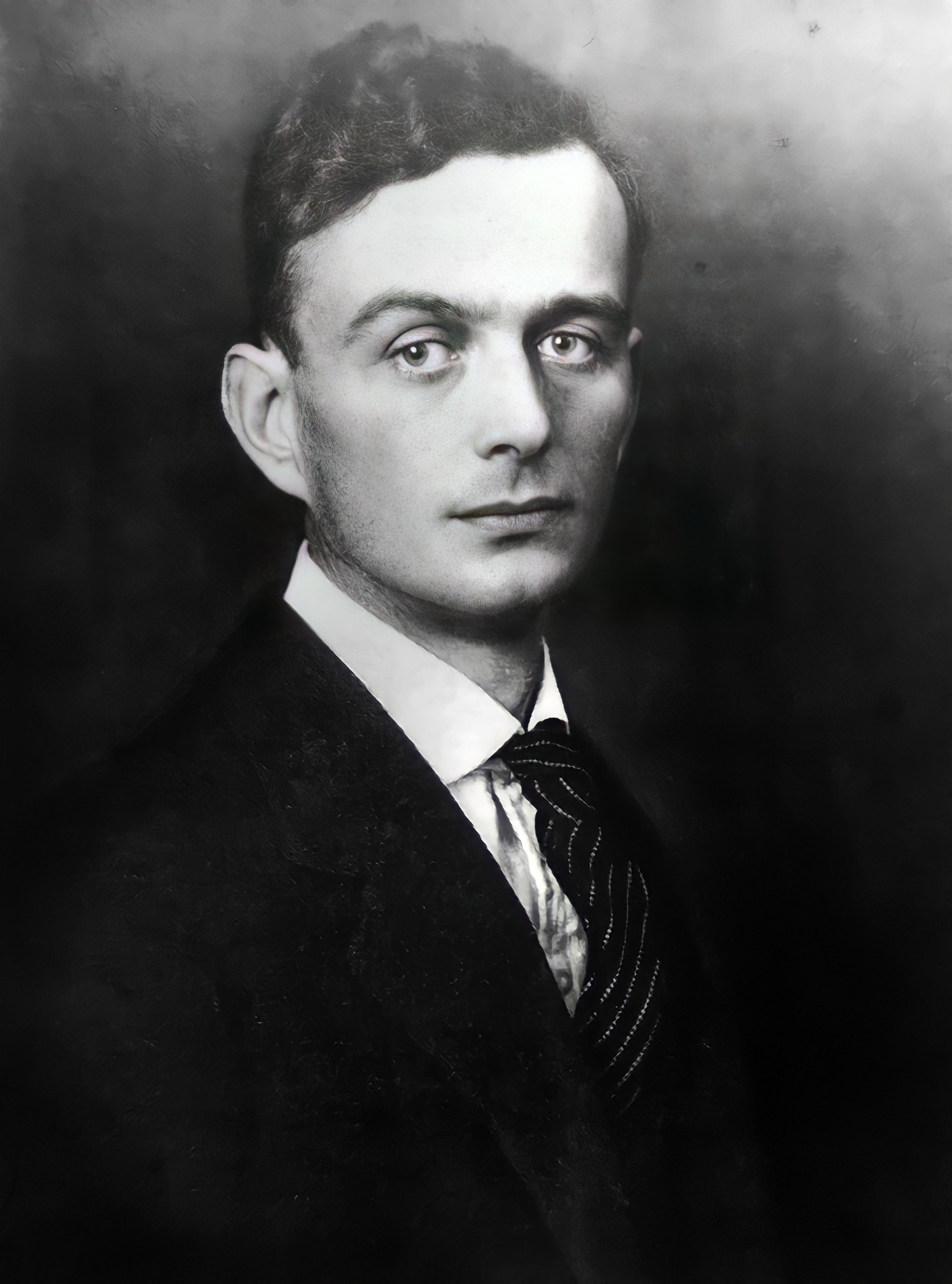
On one of my bird watching excursions, and I went out to the field almost every day after I finished the gymnasium, I saw — on a pond — I saw a duck with a red bill, and I said, “I’ve never heard of a duck with a red bill. What can this possibly be?” And I dashed back on my bicycle to the town of Dresden, where we were living at the time, and tried to find somebody to confirm it because I said, “Well, if somebody else doesn’t see it, nobody will ever believe that I saw such a thing.” And, of course, I couldn’t find anybody, and eventually, at the meeting of the Dresden Ornithological Society, I met a pediatrician who said to me, “Well, I don’t know whether you saw this or not, but why don’t you tell it to Germany’s leading ornithologist, Professor Stresemann in Berlin?” And I said, “Well, how should I ever get in touch with him?” And he said, “Well, that’s easy. He and I are very good friends. We studied together. I’ll write you a letter of introduction and when you go to your university town you have to go through Berlin anyhow to change trains. Why don’t you stop for a while and see him,” and so forth. And so I did.
I went to the museum and I met Professor Stresemann, who greatly impressed me, even though — I now have reconstructed — he was only 34 years old at the time. He demanded that he could see my daily notebooks of my bird observations, which I kept very carefully and made all sorts of sketches and everything else. Then he asked me questions about birds, one after the other. Then he showed me specimens, and that was the hardest part because the specimens in the trays in the museum didn’t look at all like the birds in the field. But anyhow, when it was all finished, he said, “Well yes, I believe you, and I’m going to publish your observation.” And he said, “What you saw was a red-crested pochard. That’s a Mediterranean duck. Every once in a long while one of them strays across the Alps to Central Europe. The last one that did so before your observation…” — this was 1923 — “…the last one before that was in 1846.” So it really was a strange thing. So he published it and a little friendship developed between myself and Stresemann, who was much taken by my incredible enthusiasm.
Was that your publication, or did he author the paper?
Ernst Mayr: Oh, it was my publication. In fact, it was my first publication — 1923.
Did Dr. Stresemann continue to take an interest in your career after your first publication?
Ernst Mayr: Stresemann took to me, and he saw my enthusiasm, and he said, “Would you be interested, in your college vacations, to come here to the museum as a volunteer?” I thought somebody had given me a key to paradise. I said, “Of course I would,” and I did. And he put me to work unpacking new collections that came from expeditions in various places of the world, and I was permitted to identify specimens that hadn’t been yet identified and so forth. I had a wonderful time, and I had opportunity to talk with Stresemann about all sorts of things. And one day he said to me, after I talked about my dreams about the tropics and expeditions and the jungles and all that, he said to me very seriously, “Now look here, young man. If you become a medical doctor you will never have a chance to go to the tropics, you will be far too busy.” When he saw how my face fell, he said, “Well, but there is an alternative. Let me make a proposal. Suppose, after you finish your first half of the medical study… ” — in Germany the preclinical period and the clinical are sharply separated — “…after you’ve finished your preclinical period, why don’t you stop studying medicine, take a degree in zoology, a Ph.D., and when you have that, then I can find a place for you in an expedition somewhere, I’m quite sure.”
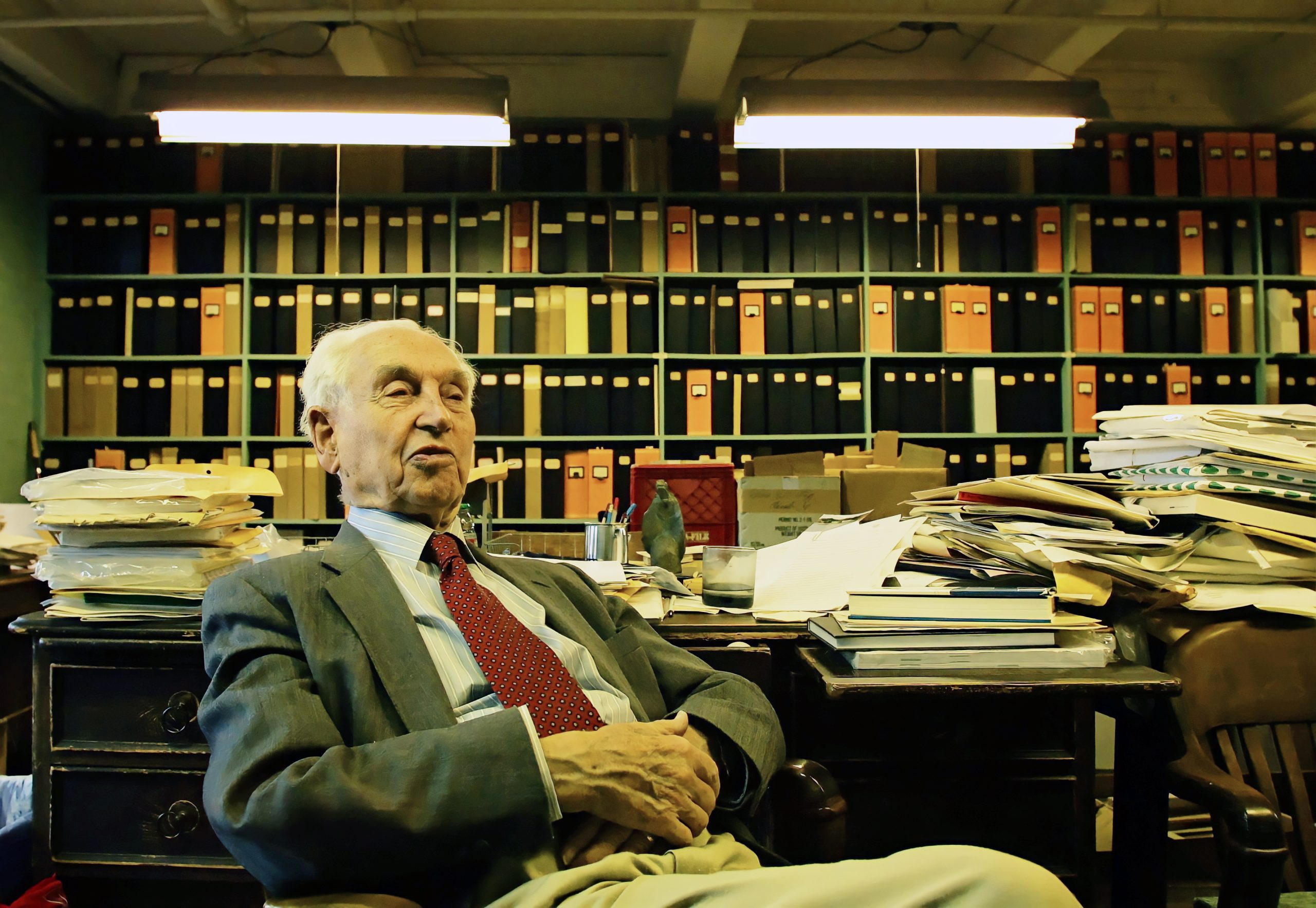
Was he trying to convert you away from medicine by doing this?
Ernst Mayr: I’m not so sure, but he really was trying to do me a favor. I was such an enthusiast at that time. Anyhow, I talked it over with my mother, and she said, “Well, if that’s what you want, go right ahead.” She was a wonderful woman. And so I did.
As soon as I had my candidate of medicine degree, I stopped medicine and I went into zoology, and I did something that is almost unbelievable. In 16 months I fulfilled all the requirements of a Ph.D. candidate in zoology, including a semester of philosophy and a great deal of botany and so forth, and I had written my thesis in that time — it was ready for the examination. And on the 24th of June, my oral examinations were all completed, and I was awarded a Ph.D. in zoology.
Your current work on biogeography of birds in Northern Melanesia actually brings us to the topic of your expeditions to New Guinea and the Solomon Islands. How did that come about?
Ernst Mayr: Stresemann said that maybe if I switched to zoology and got my Ph.D. he might be able to get me onto an expedition. He was quite serious about that and he tried very hard. There was an expedition going to Cameroon in Africa and that didn’t work out. Another one was to Peru in connection with some American oil explorations, and that didn’t work out. Finally Stresemann persuaded Lord Rothschild of England — the famous owner of the largest private bird collection — that he should have a collector in New Guinea. Actually Rothschild had had a collector there, but he had a stroke and had to give up working, so there was a vacancy.
Again, one of these chance things in my life. Rothschild didn’t know anything about this fellow, Ernst Mayr, but was persuaded by Stresemann, in whom he greatly believed. He said, “All right. I’ll send him out and I have a very definite task for him. There are some so-called rare birds of paradise…” This was in the days when ladies put birds of paradise and other feathers on their hats. Every year the natives all over New Guinea skinned out birds of paradise and sold them to dealers, and the two major dealers were in Rotterdam and Paris, and then the people who adorn hats bought from these dealers.
Once in a while, a unique specimen turns up among all the well-known birds of paradise, something that nobody had seen before. Where these species occurred was a great puzzle and expeditions went out to all sorts of places and never found these rare ones. There were three mountain ranges in Dutch New Guinea that hadn’t been properly explored, so my task, given to me by Lord Rothschild, was to go to those three mountain ranges and collect them thoroughly, and see whether I could find one or the other of those rare birds of paradise.
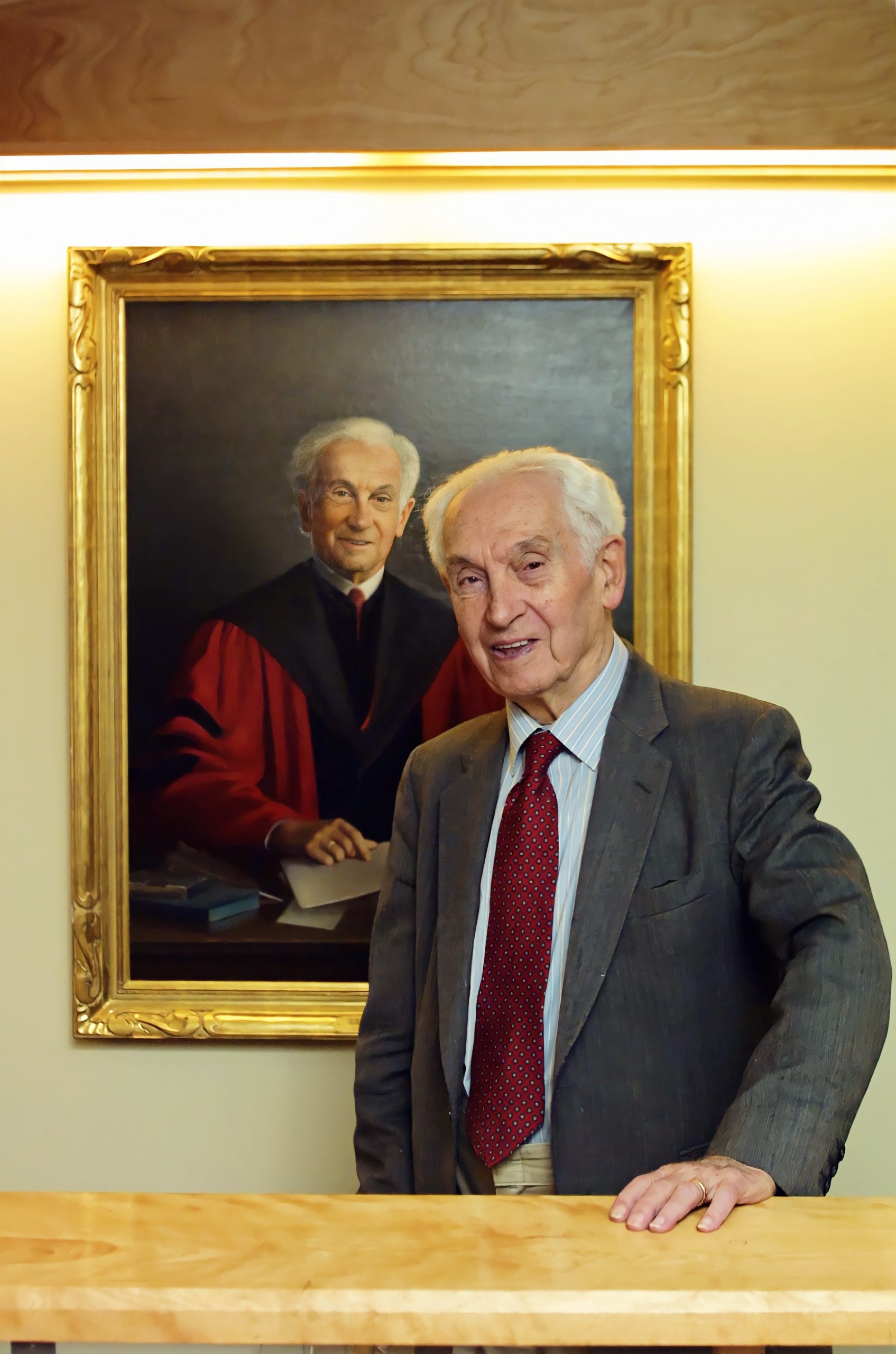
I had no experience, of course. I had never shot a bird. I had never skinned a bird. Stresemann was very — how shall I say — optimistic about the whole thing, but I got a rush job training in some of these things, and I went over to England and talked it over with Rothschild and his curator about further matters of collecting. And then, the most fortunate thing was that I stopped in Java at the Dutch Colonial Museum, and they had some very experienced native Javanese assistants who had been on expeditions and were even good at bird skinning, and they agreed to lend me three of those to accompany me to New Guinea. In due time, I got to New Guinea and established camps in various altitudes and in various villages, and collected, and collected, and collected. In due time I learned from these three Javanese whatever there is to be known about life in the jungle and in the mountains and how to make a camp and how to deal with the natives. And I built up rather beautiful collections.
I don’t know whether you are interested in some of my adventures that I had during that period.
Definitely.
Ernst Mayr: Well, the first thing that happened was in the very first camp…
After I had been up in the mountains about three or four weeks, suddenly a troop of — I think it was five — of the native police of Indonesia appeared in my camp. And they had a letter which said that the governor of New Guinea and the Moluccas — that was one person — couldn’t allow that a person of such distinction as I — because I had letters from the German government — to be unprotected, and these five police soldiers should protect me against these dreadful natives. Of course, I had gotten on fine with the natives. I couldn’t see any danger at all, but these soldiers, every evening they just became guardians of the entrances to my little camp so that nobody could enter it and do something to me. Pretty soon they saw all sorts of things happening there. They were terribly scared of the natives and pretty soon shooting started. “Oh, but we saw something and we had to shoot at it.” I was really annoyed and I was also a little bit concerned because I felt maybe there is something to all of this, and one night they woke me up after another shooting spell and said, “We just shot somebody.” And I said, “Oh, my God, that’s the end of my expedition here.” I said, “Where is he?” So they took me across a little brook that was alongside my camp and I looked around with a kerosene lamp and I couldn’t see anything. There wasn’t anybody there.
So I sent these fellows to the coast to explain the whole thing and I went inland to a higher village and started a new collecting period. And after about two weeks…
Suddenly somebody rushed into my little hut and said, “Oh, there are a lot of people coming, a lot of soldiers coming.” And I said, “Now what?” And I went outside and I could see the ridge that came up from the coast, and the pass was right at the very top of the ridge. There was a column of about — I think it was 105 people or something like that. There were two white men in uniforms of officers of the colonial police force, and about 20 soldiers, and the rest were porters carrying all their stuff and food and so forth. I still didn’t know what it was all about, but I decided to go down into the valley separating my ridge from this coastal ridge. There was a river flowing there, and I went down there, and the leading officer of the other group waded into the river toward me, and he said, “Oh, I’m so glad you’re still alive.” I said, “I didn’t know I wasn’t supposed…” “Oh,” he said. “The soldiers that you sent back to the coast reported that the natives had attacked your camp and had massacred you and all your people there, and ‘we’ — the police soldiers — ‘by shooting all of our ammunition have been able to escape and get down to the coast.'” They made up that story because they were embarrassed, appearing on the coast when they were supposed to protect me. And, as it appeared, having abandoned me. They had a court-martial later on and so on and so forth. A long story, but anyhow I was also told I had to now immediately return back to the coast. It was just too dangerous. But I knew that there was a lake even further in and even higher up that I’m sure was very interesting. So I totally disobeyed the order from the Dutch government, and I went up to that lake and sure enough discovered a new finch up there and several rare birds that I had never encountered anywhere else in New Guinea. So I had a really marvelous time.
That’s just one little story. There were two other mountain ranges where I had similar experiences. At the end of that period, in about seven months, I had collected over 3,000 birds. The main reason for my great success was that I knew how to make use of the natives.
After I’d been a little while in this first collecting place, I realized that every bird the natives saw and that they had shot, they knew the name. So I recorded the Latin name that I knew and the name the natives gave me. Since they knew birds so well — I had three little bird guns — I gave them to the natives, and I told them always when they came with a particularly rare bird, let’s say a nieda, I said, “Well, I want more nieda,” and then they went out and they brought back nieda, and not the common stuff, you know. And at the end, when I finally summarized everything, I found that I had in this locality collected 137 species of birds, and the natives had given me the names of 136 of these. There were only two little nondescript-looking little warblers, green warblers, which they had given the same name to the two different species. And I’m sure if I had gotten the right kind of an old man, he would have been able to have the name of that 137th species.
So they had a pretty good species concept themselves, would you say?
Exactly. The biological species is an absolutely obvious entity to any good naturalist, and they were very clever. In the pidgin English language of Eastern New Guinea, they would name a male bird of paradise for a particular thing, and if we saw a female, and I said, “What’s that?” they said, “Oh, that’s mama belong…” and then the name of the male. They knew perfectly well that they were not two different species, which, by the purely typological species concept, might have been the case. They knew exactly which bird had only one egg in the nest, which species have two eggs in the nest, and they were superb woodsmen. Very often, in certain localities in New Guinea and in the Solomon Islands, I would distribute all the guns to the natives, and I would go out and collect orchids and other things that the natives weren’t interested in collecting.
